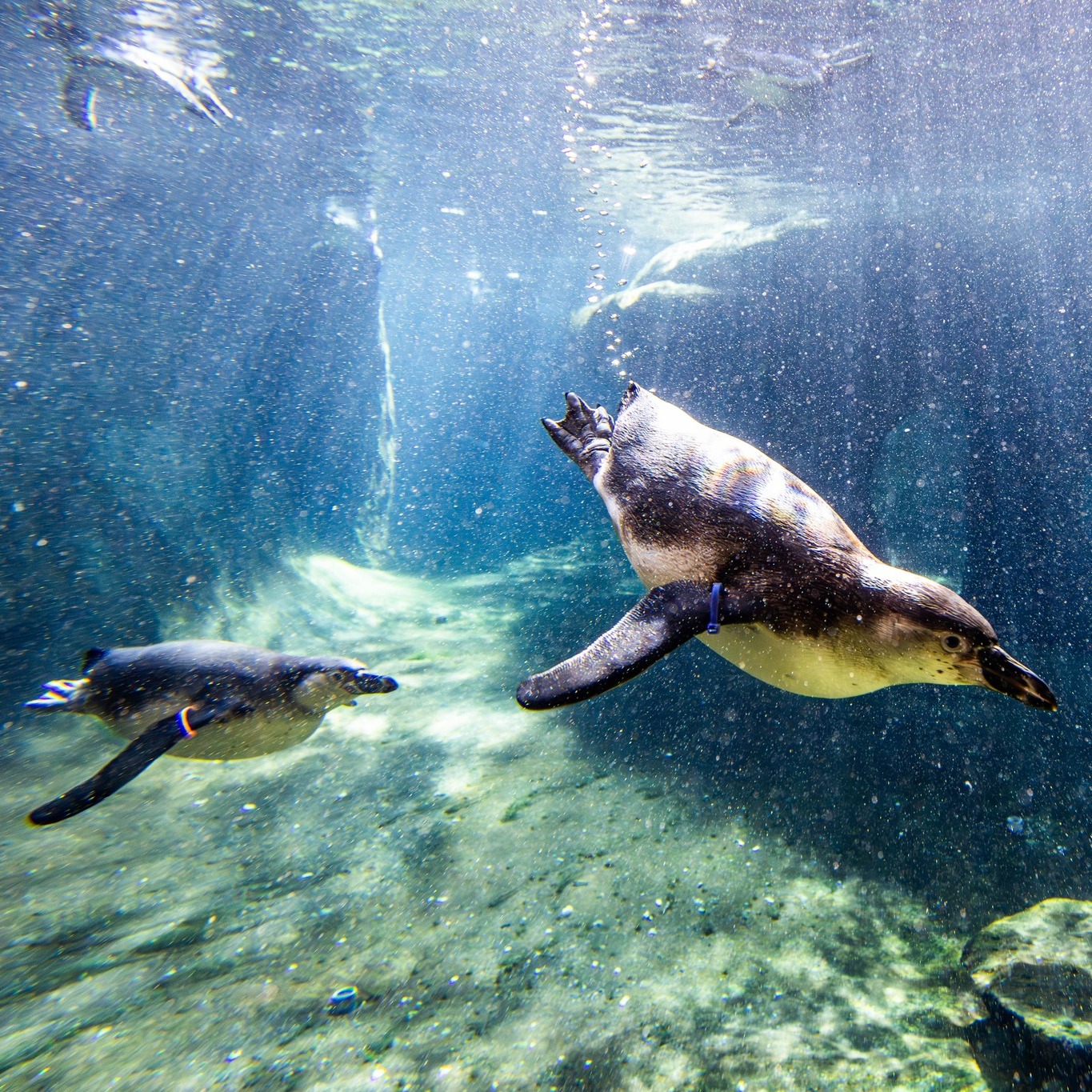- Understanding the physiology and adaptations that allow penguins to "fly" underwater, despite being labeled as flightless birds.
- Exploring the evolutionary changes in penguins and their implications for survival, specifically in aquatic environments.
- Examining the ecological roles and behaviors of penguins in their natural habitats, highlighting their interaction with marine ecosystems.
- Discussing the conservation status of various penguin species, considering threats and protection efforts across different regions.
- Insight into zoo management practices related to penguin care, emphasizing education and conservation initiatives in controlled environments.
Penguins are often referred to as flightless birds, a label that seems somewhat misleading considering their remarkable ability to perform what can only be described as underwater flight. By employing their wings as skilled paddles, penguins achieve a level of grace and agility beneath the water’s surface that parallels avian flight through the air. Here, we explore the fascinating physiology behind this capability. A penguin’s aerodynamic body shape and strong pectoral muscles are highly adapted for aquatic movement. Their wings, which resemble flipper-like appendages more than traditional bird wings, enable them to propel through water with swift, seamless strokes. This adaptation is an exquisite blend of biology and physics, allowing penguins to reach velocities up to 7.5 miles per hour, as observed in species like the Gentoo penguin. Such adaptations serve essential survival functions, revising the conventional understanding of flightlessness.
The evolutionary journey of penguins offers a captivating angle on how species adapt to their environments over time. Originating from avian ancestors millions of years ago, penguins transitioned from air to sea, trading aerial capabilities for aquatic prowess. This transition involved significant anatomical changes, such as denser bones to reduce buoyancy, facilitating deeper dives. Scientists have traced these evolutionary modifications through fossil records, marking an adaptive shift driven by environmental pressures and feeding necessities. Penguins exemplify how evolution tailors species to their habitats, equipping them for survival through incremental but impactful changes. This process sheds light on the resilience and adaptability inherent in nature’s designs, offering broader insights into how species thrive amid changing landscapes.
In their natural habitats, penguins play pivotal roles within marine ecosystems. As both predators and prey, they are integral to the ecological balance. Penguins primarily feed on fish, squid, and krill, contributing to the regulation of these populations in the ocean. This interaction showcases their function as marine predators and highlights their dependence on healthy, thriving ecosystems to supply adequate food resources. On the flip side, penguins are prey for larger marine animals and birds, such as leopard seals and orcas. Their presence within these food chains underscores their ecological importance and the interconnectedness of life in marine environments. Observing their social behaviors, including nesting and chick-rearing, provides further insight into their ecological dynamics and the complexities of their interactions within their colonies.
While penguins captivate people across the globe, many species face significant threats, placing them precariously on conservation lists. Factors such as climate change, oil spills, overfishing, and human encroachment have compounded pressures on penguin populations. Rising sea temperatures affect the availability of krill, a primary food source for many penguin species, while melting ice reduces their breeding grounds. Conservation efforts are increasingly focused on mitigating these threats through habitat preservation and legislative measures. Marine protected areas serve as crucial sanctuaries for safeguarding penguin habitats and food resources. Moreover, international collaborations among scientists, conservationists, and policymakers aim to bolster protective regulations and promote sustainable practices. These collective endeavors highlight the importance of biodiversity conservation and the need for global stewardship in ensuring the survival of these captivating birds.
In zoological settings, managing penguin populations involves multifaceted strategies aimed at care, education, and conservation. Zoos and aquariums have evolved to become centers of wildlife education, offering visitors a firsthand look at these aquatic birds. They also serve as critical sites for research and conservation initiatives. Key components of penguin care involve maintaining precise environmental conditions that replicate their natural habitats, such as temperature and diet. Veterinary care is specialized, focusing on disease prevention and overall health monitoring to enhance the lifespan and well-being of captive individuals. Educational programs aim to raise awareness about penguin species, their habitats, and the challenges they face in the wild. These programs create meaningful connections between visitors and wildlife, fostering a sense of responsibility and engagement in global conservation efforts. By linking the challenges faced by penguins in the wild with the tangible experiences in zoos, there’s a unique opportunity to drive impactful conservation messaging and inspire action to protect these remarkable birds and their ecosystems.
*****
Source Description
Chat, are they really flightless birds if they fly underwater? 🐧🪶🤔
Alt-text: A pair of Humboldt penguins swim by the underwater observation window glass in the Rainforest Passage at the Zoo. They glide through the water with ease and leave a trail of bubbles in their wake.


